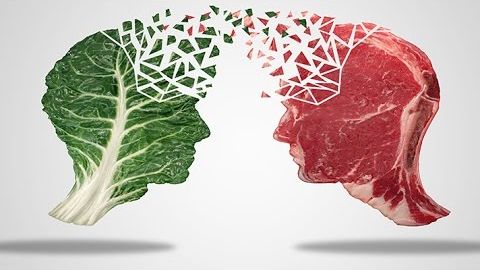人間は雑食なのか、肉食なのか、草食なのか。
羊奶 が 2018 年 03 月 29 日 に投稿  この条件に一致する単語はありません
この条件に一致する単語はありませんUS /kəˈpæsɪti/
・
UK /kə'pæsətɪ/
- n. (c./u.)収容能力;容量;最大生産能力;能力;個人の職務や役割;静電容量;法的能力
US /dɪˈvɛləp/
・
UK /dɪ'veləp/
- v.t./i.展開する;開発する;発達する;現像する;発症する;磨く
US /kəˈlestərɔ:l/
・
UK /kəˈlestərɒl/
- n. (u.)コレステロール
- n.コレステロール検査
US /pəˈzɪʃən/
・
UK /pəˈzɪʃn/
- n. (c./u.)見解 : 態度;位置;(スポーツの)位置 : ポジション;役職;状況 : 情勢;有利な立場
- v.t.位置づける : 置く;置く
エネルギーを使用
すべての単語を解除
発音・解説・フィルター機能を解除
